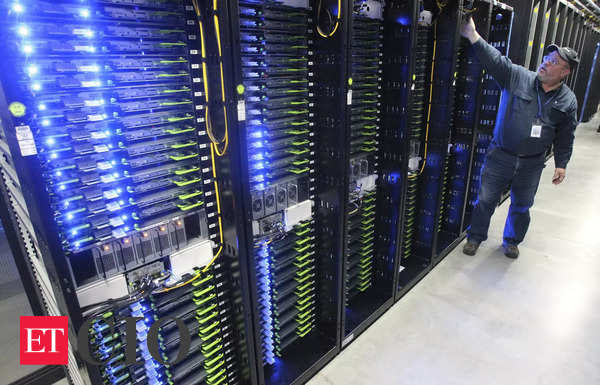Commercial real estate investors keen to make inroads into the data centers sector are exploring new routes, from development partnerships to mergers and acquisitions.
The options are cropping up amid rising competition in the sector, particularly as more institutional investors look to diversify their real estate portfolios.
Last year, global data-center investment reached US$ 47.1 billion, up from US $34.5 billion in 2020. In Europe, investment in 2021 was five times higher than its five-year average, according to JLL, while yields there compressed to 3.75% from 5%.
“Capital has been focused on just a select number of deals, and with a scarcity of opportunities, investors are having to get more creative in their deployment of capital,” says Luke Jackson, Data Centers Capital Markets director for EMEA at JLL.
More M&A activity is likely as institutional investment rises, says Jackson.
“Large funds continue to be dominant buyers, buying platforms – which in recent months has been the approach taken by new entrants – while new capital continues to be raised,” Jackson explains. Principal Real Estate has so far raised €155 million for its data center fund from asset managers, pension funds and insurance companies in France, Germany, Spain, and Malaysia.
“There’s an increasingly wider range of investors coming into the sector, that can be landlords, or investors in data center enterprises and the operational business,” John Wilson, data centers financing director at global investment bank SMBC, told attendees of a recent JLL webinar.
Access to more sophisticated capital and debt solutions has, Wilson adds, unlocked growth in the sector.
“Data center deployments have become larger, resulting in ever increasing amounts of capital investment required.”
Build the opportunity
While more capital will increase the size and scale of projects as new investors come in, challenges exist for those looking to source land as construction costs rise.
It’s why joint ventures between investors and operators are likely to happen more, at both one-off project and platform level, says Jackson. But more development to satisfy investor demand will be key.
“If you can’t buy the product, then you need to build it,” he says.
And in some locations, moratoriums are in place to allow land to be used for housing. While Singapore’s moratorium on new data centers was recently lifted after being in place for two years, Amsterdam’s came with stipulations on issues such as sustainability to space, with multiple floors encouraged. The same stipulations were last year put in place by the city of Frankfurt. In Ireland, a moratorium on the building of new data centers in the Dublin region is expected to remain in place for the foreseeable future.
With more data center firms looking to improve and upgrade their technology and cloud strategies, their need for fresh capital could see more opportunities emerge on a sale and leaseback basis.
“Sale and leasebacks attract a certain type of investor looking for security of income over the long-term,” says Jackson. “But that matches up with the increasing appetite among institutional investors.”
For developers, the question of how and where data centers are built remains pertinent – but more capital coming into the sector to partner with can only be a good thing, says Jackson.
While there’s still some education to be done by investors, they are now increasingly motivated to enter the sector, he says.
“There’s a core of investors now, which wasn’t the case just two years ago.”
To read more about data centers, download our latest report.
https://www.jll.com.sg/en/trends-and-insights/investor/new-paths-opening-to-data-center-investment?utm_campaign=T&I%20newsletter-GBL-04132022-EMKTG-SUB-NEWS-Weekly-26557&utm_medium=email&utm_source=Eloqua&utm_term=2464173&elqcst=272&elqcsid=3135





